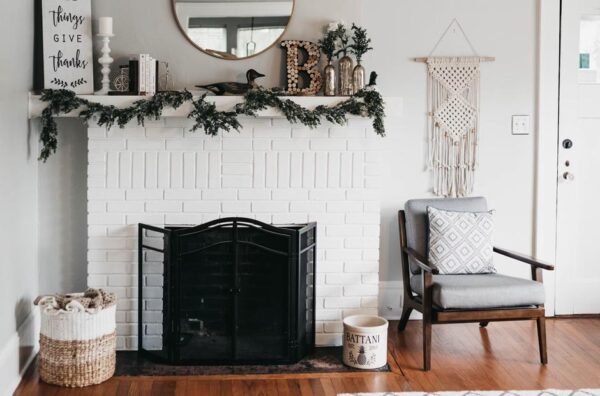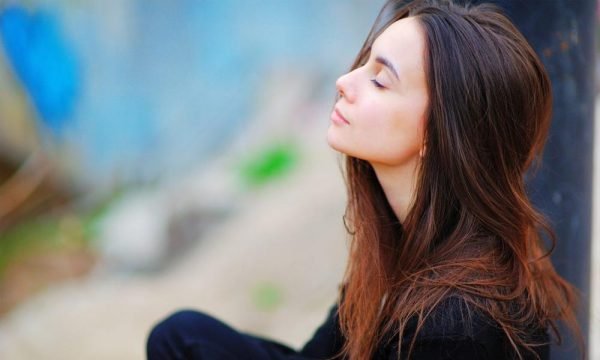Interstate traffic is bumper to bumper. Industrial smokestacks that billow. These are just a few images that come to mind when we consider air pollution. What about indoor air pollution, though? Do you ever consider how safe the air in your home is?
The truth is that air pollution inside your home can be just as bad if not worse than it is outside. Indoor air pollution is one of the top environmental threats to public health. IAQ has been shown to have a significant impact on people’s comfort, health, and performance. And, given that the average human spends more of their time indoors, you’d think we’d hear more about indoor air quality. You can improve your indoor air quality today with a little preventative maintenance and some basic knowledge of indoor air quality monitoring sensors.
Table of Contents
Here are 8 things you can do right away to prevent indoor air pollutants
Using Indoor Air Quality Monitoring Sensor
Air quality monitoring is a process that determines the current state of air quality, evaluates the effectiveness of control programs in place, and identifies areas in need of restoration. An indoor air quality (IAQ) monitoring sensor will provide real-time information on the levels of common pollutants and other air conditions inside your building. Excessive dust, high humidity, or emissions from cleaning or building materials could all be the culprit. The problem is that most people aren’t aware of the problem, and even if they are aware of it usually due to allergy-like symptoms or more severe health effects they don’t know which pollutant is causing it.
Change your AC filter
Air-conditioning systems are constantly working to keep your home at the ideal temperature all year. However, as they cycle through all that air, they filter out some of the common air pollutants. Their air filters eventually become clogged and cease to function. Not only does this harm your indoor air quality, but it also wears down your AC system, potentially leading to costly repairs in the future. So, change your AC filters on a regular basis, or get an air conditioning service plan that includes a filter change especially if you have allergies or live in a polluted metropolitan area.
Don’t forget about other air filters
Your AC filter isn’t the only thing working to keep the air in your home clean. Check the filters in your other household appliances if you really want to improve the air quality in your home. Your kitchen vents, vacuum cleaner, and clothes dryer should all be inspected and serviced on a regular basis. It is recommended that these common household filters be cleaned or replaced every few months.
Check your air ducts
Air ducts that are not properly installed or maintained can transfer contaminants from one room to another. Dust, dander, and even mold can accumulate in your ducts over time, reducing overall air quality. Hire a professional for advanced air duct cleaning services to ensure that your ducts are circulating clean, fresh air.
Use cooking vents
Many indoor air pollutants originate in the kitchen. Gas stoves emit harmful air pollutants such as carbon monoxide (CO) and nitrogen dioxide (NO2). Even electric burners produce those same pollutants in lower levels, as well as other particles that can be easily absorbed into your bloodstream. So, when you’re cooking, open a window or turn on your kitchen vents to help filter out the air even more.
Keep your rugs and carpets clean
Rugs and carpets do more than just make your home more comfortable. They function as their own air filters, collecting dust and other particles in their many fibers. Clean your carpets and rugs on a weekly basis, and they will continue to work for you, improving the air quality in your home simply by lying there!
Control humidity in your home
Mold and mildew thrive in humid and moist environments, causing respiratory issues such as allergies and asthma. Depending on where you live, the hot summer months can be particularly humid. With a few strategically placed dehumidifiers, you can reduce the amount of moisture in the air and prevent the growth of bothersome molds. There are several humidifier options available to help you maintain consistent humidity levels and create comfortable living conditions in your home.
Buy indoor plants to freshen the air
Plants serve as natural air filters. Investing in a few indoor plants can help you improve your home’s indoor air quality while also improving its appearance. Small plants such as ferns and lilies (which bloom indoors) and larger palm plants are the best options for removing pollutants from the air.
Air pollution can range from contaminants brought in from outside by your pets to dangerous gas leaks. Carbon monoxide is a common air pollutant resulting from natural gas that escapes into your home without being burned off. When asbestos and lead particles are released into the air, they can be harmful to the lungs. Mold and mildew can be a nuisance in bathrooms and kitchens, where moisture levels are typically higher than in the rest of your home.





